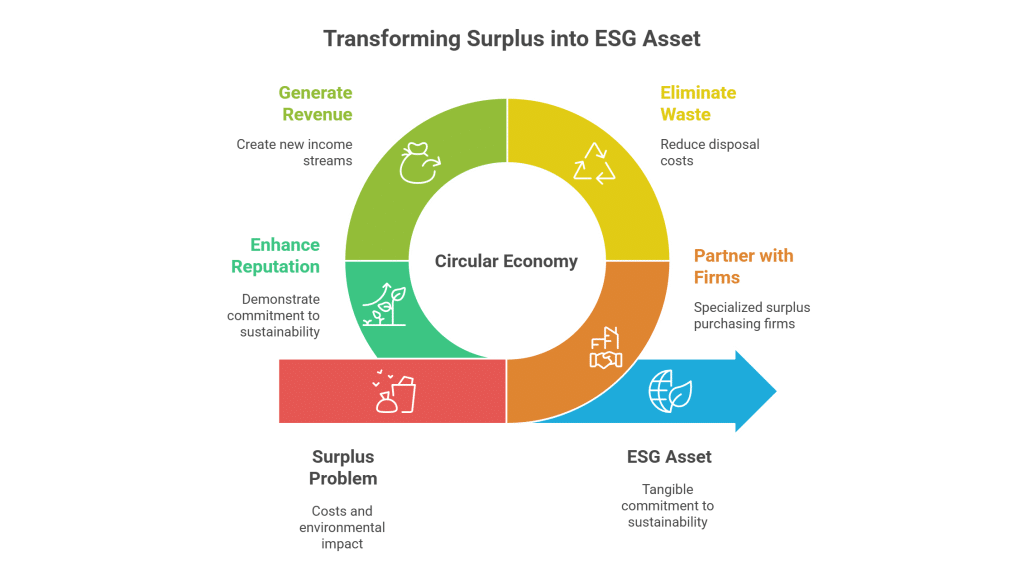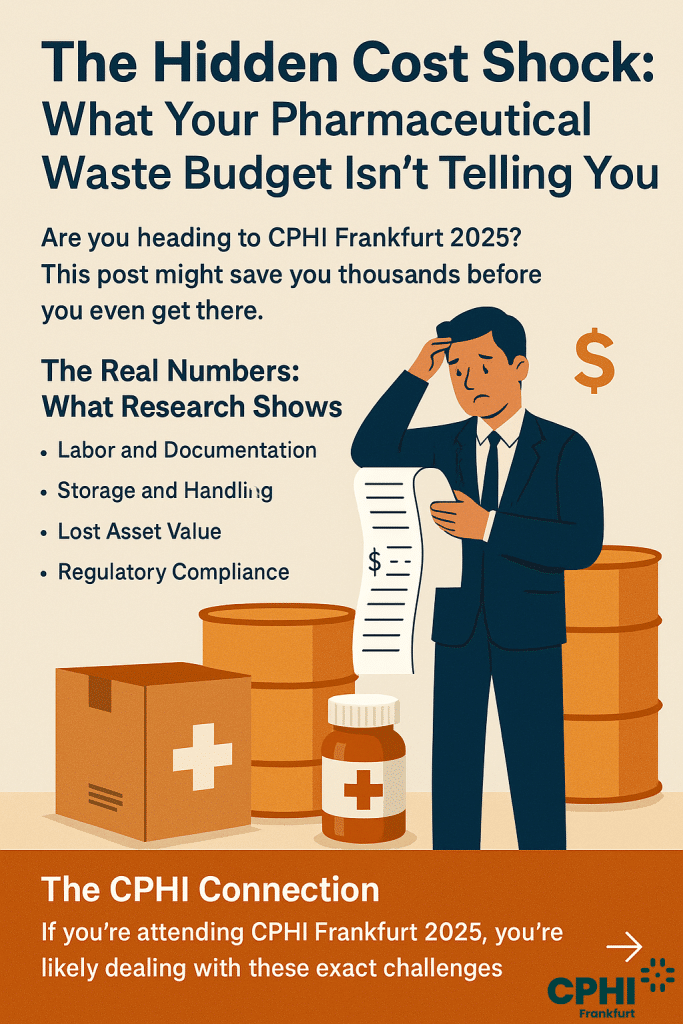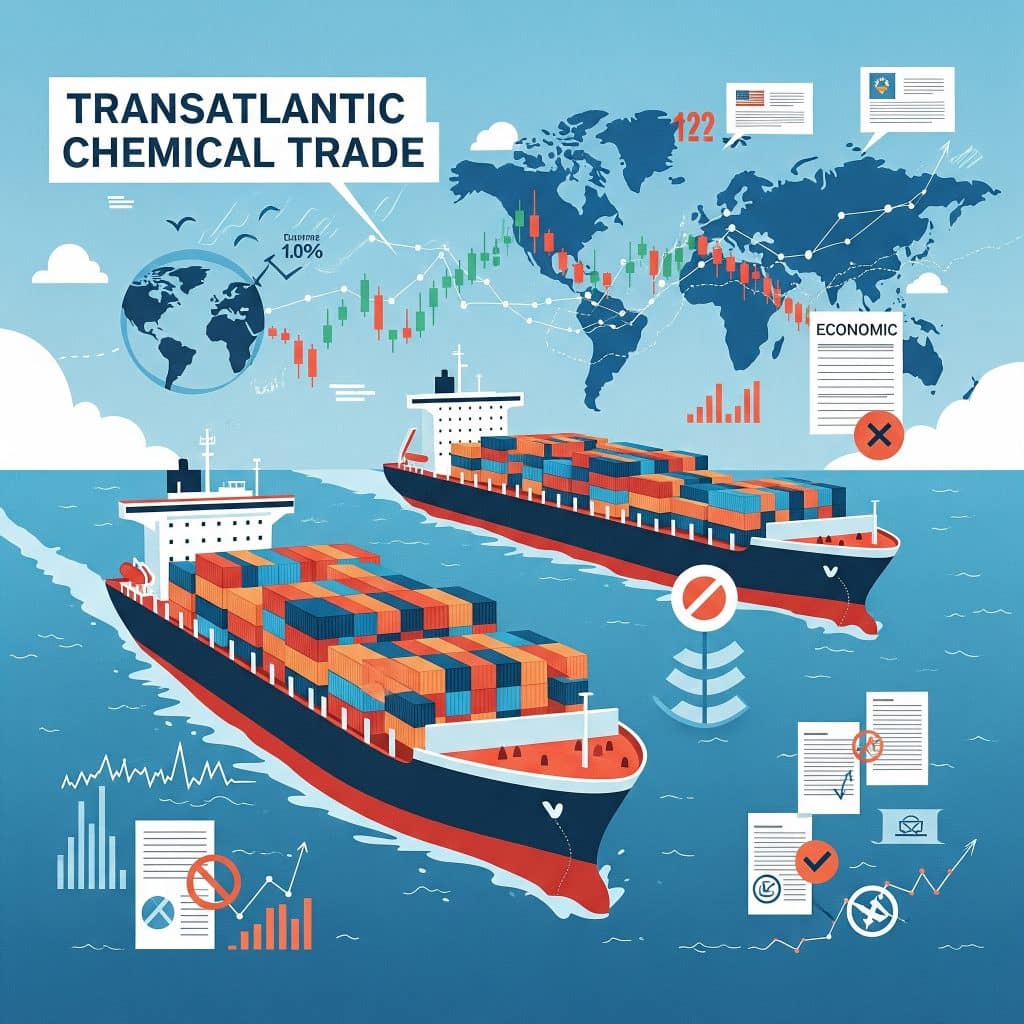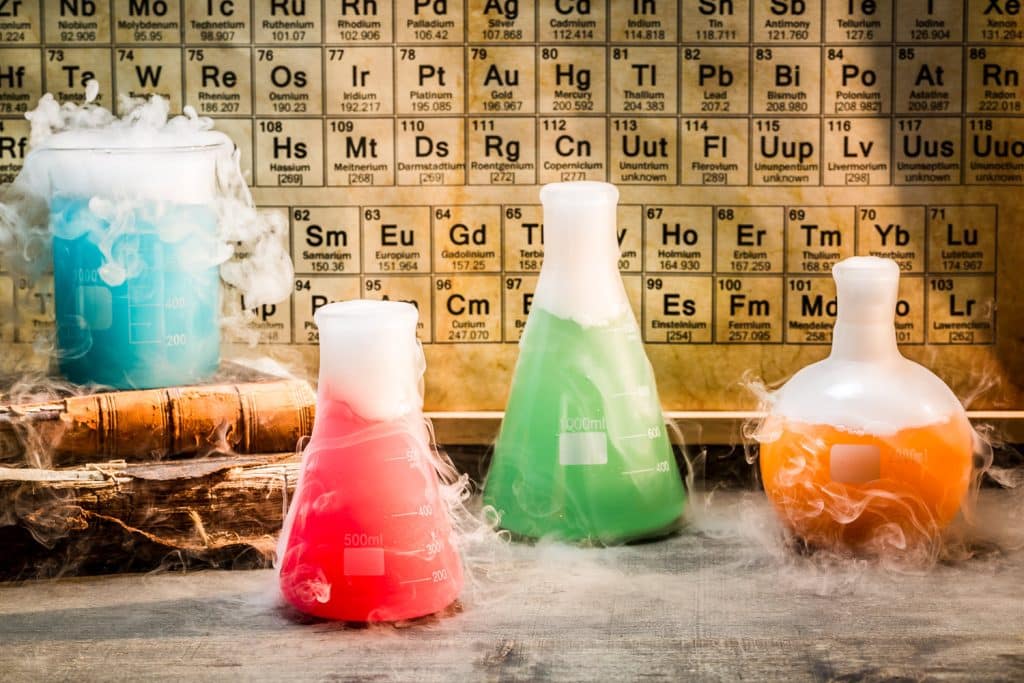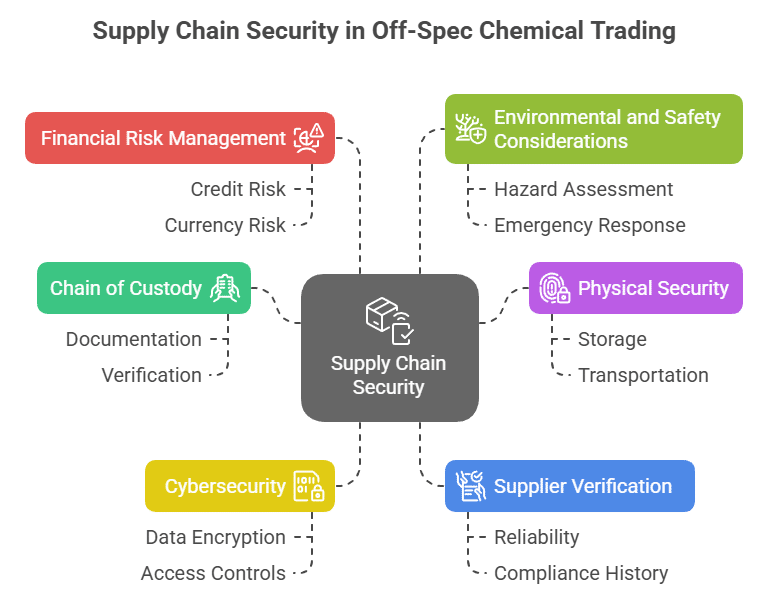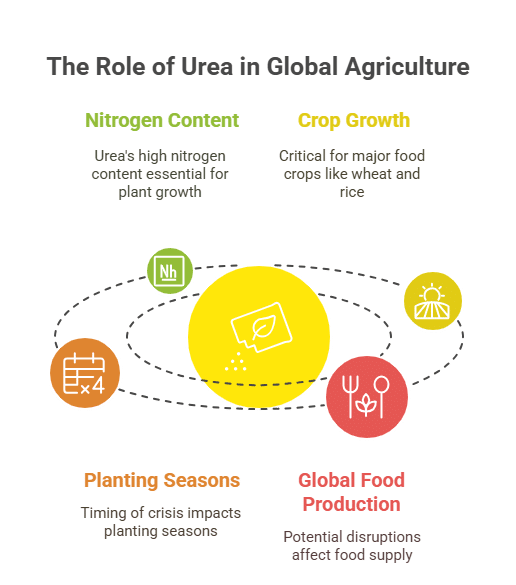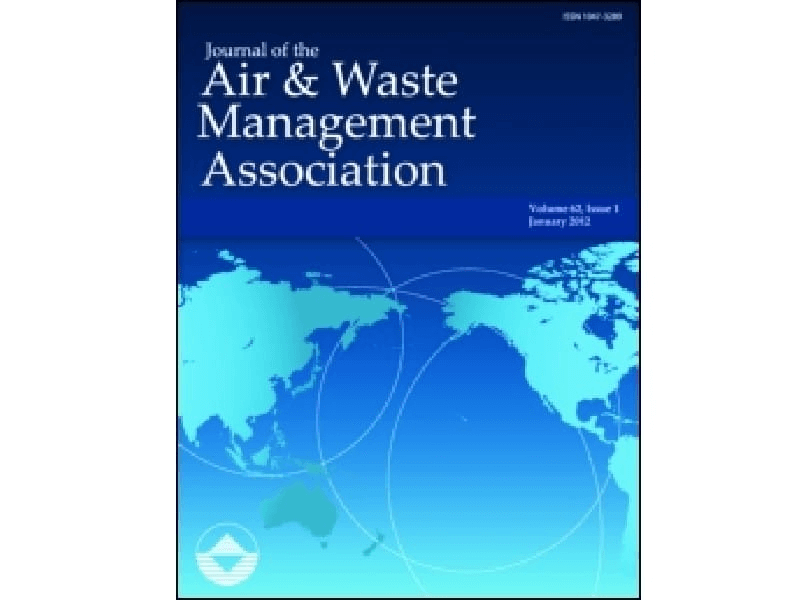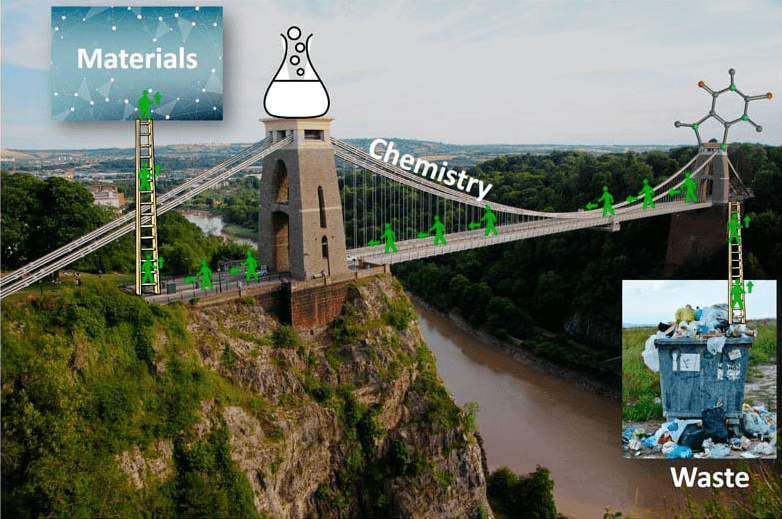Revitalize Your Inventory with Surplus Propylene Glycol in Polymers and Antifreeze Applications
Propylene Glycol, a versatile organic compound known for its low toxicity and excellent solvent properties, is a cornerstone in both the polymers and antifreeze industries. Used as a critical component in producing unsaturated polyester resins as well as an environmentally friendly alternative in antifreeze formulations, this chemical is essential for manufacturing high-performance materials. Overproduction, formulation changes, or shifts in market demand can result in surplus Propylene Glycol, which creates both challenges and opportunities for businesses looking to optimize inventory.
Surplus Propylene Glycol Trading in Polymers & Antifreeze Sector: Sustainability & Savings
Engaging in the buying and selling of surplus Propylene Glycol allows companies to efficiently manage excess inventory while boosting their financial performance. Sellers can transform surplus stocks into revenue, free up vital storage space, and avoid the high costs associated with disposal and regulatory compliance. Buyers, meanwhile, benefit from significant cost savings, reliable sourcing, and a way to support sustainability initiatives by reusing quality chemicals. This strategic approach not only mitigates environmental risks but also turns potential waste into economic opportunity.
Applications of Propylene Glycol in the Polymers & Antifreeze Sector
For buyers, sourcing surplus Propylene Glycol translates to significant cost savings and reliable quality. Consistent chemical performance ensures streamlined production processes, reduced downtime, and the ability to maintain competitive product quality. Additionally, acquiring surplus chemicals helps to bolster a company’s green credentials by promoting recycling and reducing chemical waste.
Sellers can capitalize on excess inventory by converting surplus Propylene Glycol into immediate revenue while reducing storage overhead. By diverting aging or excess chemicals from becoming a costly waste product, companies also mitigate disposal expenses and regulatory risks. This process not only improves cash flow but also supports corporate sustainability goals.
Table of Contents
Transforming Surplus Propylene Glycol into Profit in Polymers & Antifreeze
A leading manufacturer specializing in both polymers and antifreeze solutions recently tackled an inventory surplus of Propylene Glycol by partnering with a surplus trading platform. Faced with excess stocks from a production scale adjustment, the company converted unused inventory into significant revenue while slashing storage costs and reducing environmental liabilities. Buyers benefited from acquiring consistent, high-quality material for resin processing and antifreeze formulations, ensuring production continuity and product reliability. This real-world case demonstrates how smart surplus management can enhance operational efficiency and elevate sustainability practices, turning a potential waste issue into a profitable opportunity.

